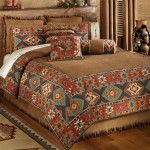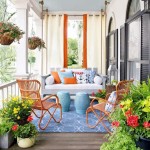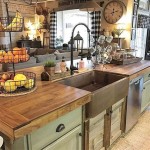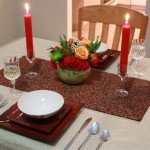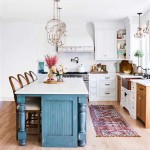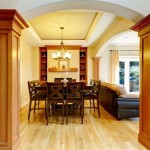Artificial Grass Indoor Decoration
Artificial grass has transitioned from a purely outdoor application to a versatile indoor design element. Its durability, low maintenance, and aesthetic appeal make it a suitable choice for various indoor spaces, from homes and offices to commercial establishments. This article explores the benefits, applications, and considerations for using artificial grass in indoor decoration.
Benefits of Indoor Artificial Grass
One primary advantage of artificial grass indoors is its low maintenance requirement. Unlike natural grass, it doesn't require watering, mowing, or fertilizing, making it a practical choice for indoor environments. This eliminates the need for soil, thereby reducing the risk of pests and allergies associated with soil-borne organisms. Artificial grass also offers excellent durability, withstanding heavy foot traffic and maintaining its appearance over time. Its robust construction ensures it remains resilient to wear and tear, making it a long-lasting investment for indoor spaces.
Furthermore, artificial grass contributes to a healthier indoor environment. Modern artificial grass products are often manufactured with hypoallergenic materials, reducing the potential for allergic reactions. Many varieties are also designed for improved drainage, preventing the accumulation of moisture and mitigating the growth of mold and mildew. This contributes to better indoor air quality and a healthier living or working environment.
Aesthetically, artificial grass introduces a vibrant, natural element to indoor spaces. Its lush green appearance can create a calming and refreshing atmosphere, enhancing the overall visual appeal of a room. The availability of different pile heights and colors allows for customization and integration into various design schemes. Whether used as a focal point or a subtle accent, artificial grass can add a unique touch to any indoor setting.
Applications of Artificial Grass Indoors
The versatility of artificial grass makes it suitable for a wide range of indoor applications. In residential settings, it can be used to create unique accent walls, play areas for children, or a comfortable surface for pet areas. It can also be incorporated into balconies, basements, and even indoor gardens, bringing a touch of nature to otherwise sterile environments.
Commercially, artificial grass finds application in various settings. Retail stores can use it to create eye-catching displays and enhance product presentations. Offices can incorporate it into breakout areas or reception spaces to foster a more relaxed and inviting atmosphere. Gyms and fitness centers may use artificial grass for specific training areas or to create a visually appealing workout environment. Restaurants and cafes can utilize it to establish unique themed sections or outdoor-inspired dining areas.
Beyond these common applications, artificial grass can be integrated into more specialized indoor environments. It can be used in exhibition booths to create a memorable and visually engaging space. Photography studios can utilize it as a versatile backdrop for various shoots. Schools and daycare centers can incorporate it into play areas, providing a safe and stimulating environment for children. Its adaptability allows for creative and innovative applications in diverse indoor settings.
Considerations for Indoor Artificial Grass Installation
Before installing artificial grass indoors, several factors should be considered. The specific type of artificial grass chosen is crucial. Different pile heights, densities, and colors are available, each suited to specific applications. For high-traffic areas, a denser and more durable pile is recommended. For decorative purposes, a softer and more aesthetically pleasing pile might be preferred.
Proper installation is essential for ensuring the longevity and functionality of indoor artificial grass. A suitable underlayment should be used to provide cushioning, support, and drainage. The surface beneath the artificial grass should be level and clean to prevent unevenness and ensure proper adhesion. Depending on the application, securing the edges with adhesive or tack strips may be necessary to prevent movement and maintain a neat appearance.
Regular maintenance, although minimal compared to natural grass, is still important for preserving the appearance and hygiene of indoor artificial grass. Periodic brushing helps to maintain the upright position of the grass blades and remove any debris. Occasional cleaning with a mild detergent and water can help to remove stains and maintain a fresh appearance. Proper ventilation in the area can also help to prevent moisture buildup and maintain a healthy indoor environment.

10 Surprising Ways To Use Indoor Artificial Grass Ccgrass

Ways To Incorporate Artificial Grass Wall Design Into Your Home

10 Surprising Ways To Use Indoor Artificial Grass Ccgrass

Ways To Incorporate Artificial Grass Wall Design Into Your Home

Unique Ideas To Use Artificial Turf For Home Interiors Beautiful Homes

Artificial Grass For Home Decor

We Found 10 Best Artificial Grass Wall Design Ideas In 2025

25 Ways To Use Artificial Grass Grassify Install Supply

Unique Ideas To Use Artificial Turf For Home Interiors Beautiful Homes

Artificial Grass Indoors For Green Carpet And Decorative Use By Royal
Related Posts
